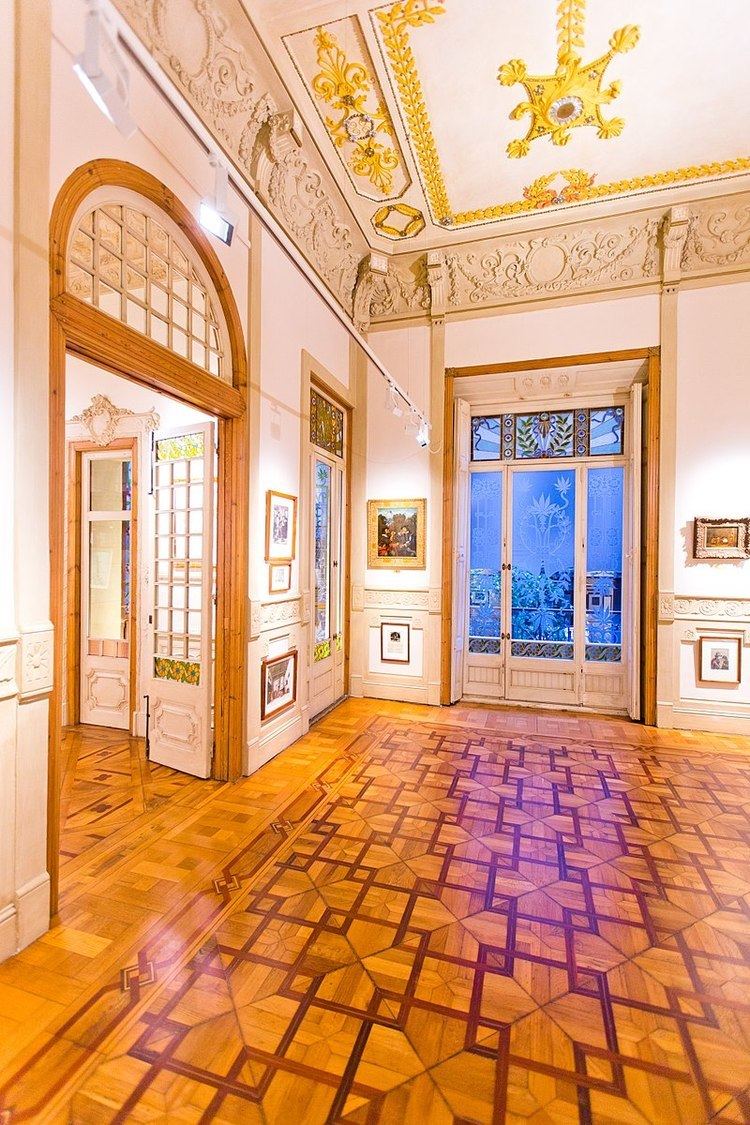Established 2012 Website www.hashmuseum.com Phone +34 933 19 75 39 Founder Ben Dronkers | Collection size 8.000 items Founded 2012 Public transit access Jaume I, Drassanes | |
 | ||
Location Carrer Ample 35Barcelona, Spain Hours Open today · 10AM–10PMThursday10AM–10PMFriday10AM–10PMSaturday10AM–10PMSunday10AM–10PMMonday10AM–10PMTuesday10AM–10PMWednesday10AM–10PM Similar Palau Mornau, Hash - Marihuana & Hemp, Gothic Quarter - Barcelona, Gaudí Experiència, Monastery of Pedralbes Profiles | ||
The Hash Marihuana & Hemp Museum is a museum located in Barcelona, Spain and dedicated to the culture of cannabis. The museum opened on May 9, 2012.
Contents
Building
The museum is located in the Palau Mornau, a palace built by the noble family of Santcliment in the sixteenth century and is located on the current number 35 of Carrer Ample in the Gothic Quarter of Barcelona. The family was the owner of the city palace until the late eighteenth century when Josep Francesc Mornau, honorary war commissioner of the Royal Armies, bought the building. In the early twentieth century Joan Nadal de Vilardaga, brother of the then mayor of Barcelona, purchased the palace and commissioned the Catalan Modernism architect Manuel Raspall to extend and renovate the building. His renovation works are highlighted by a façade coated with faux stones, wrought-iron balconies adorned with floral motifs and a stained glass bow window. Inside, the rooms were decorated, each with a different style in floors, ceilings, windows, walls and even furniture (now disappeared), all according to the eclectic taste of the early twentieth century. The museum has a total area of 482 square meters.
History
In 1985, Ben Dronkers opened the Hash, Marihuana & Hemp Museum in Amsterdam, the world's first museum devoted to cannabis. Years later, he opened a second location in Barcelona. The museum shows the past, present and future of the cannabis plant, emphasizing that cannabis will be the "penicillin of the future" due to its use in the medical world.
Collection
Its permanent collection consists of more than 8,000 cannabis related objects. From cultivation to consumption, from ancient rituals to modern medicine, all aspects of cannabis in human culture are represented in one way or another.
